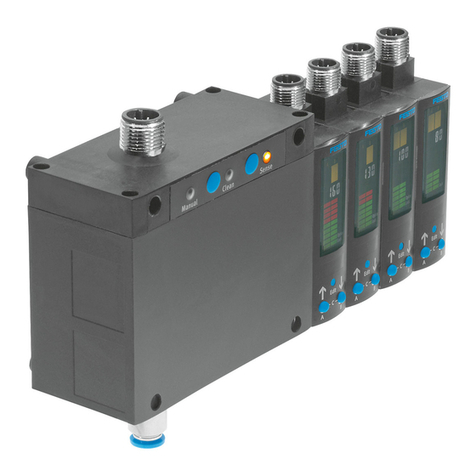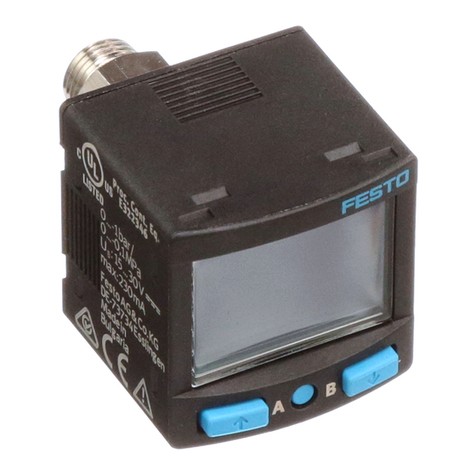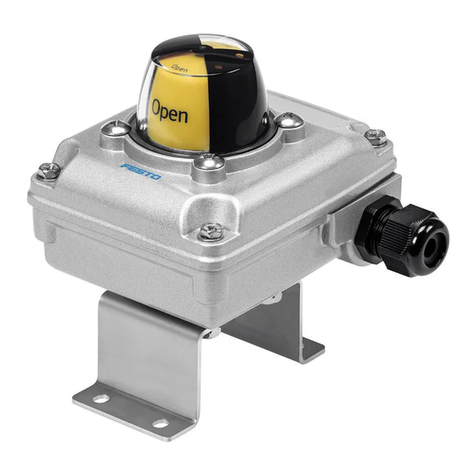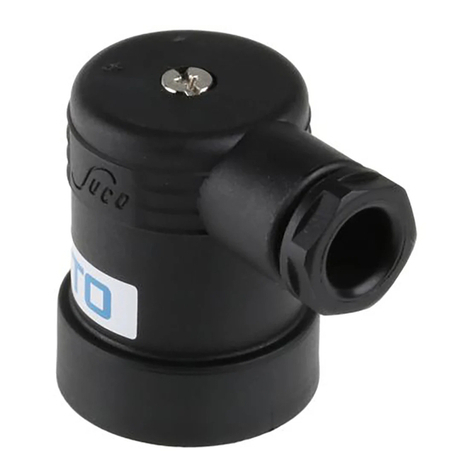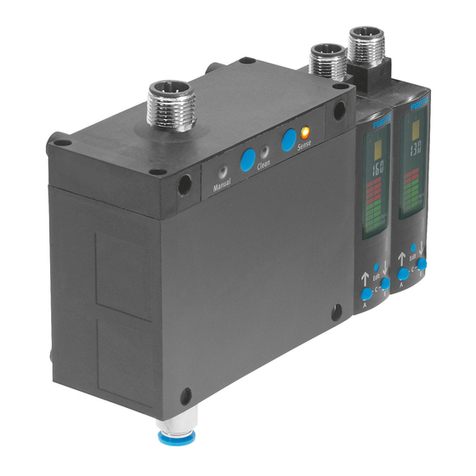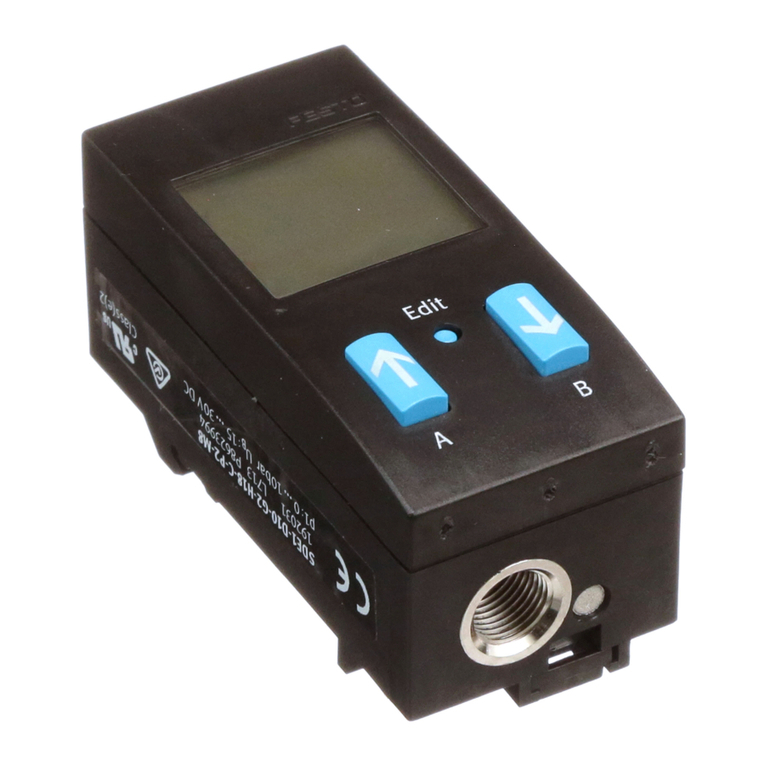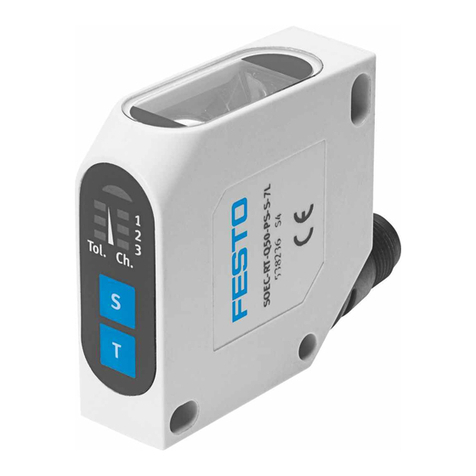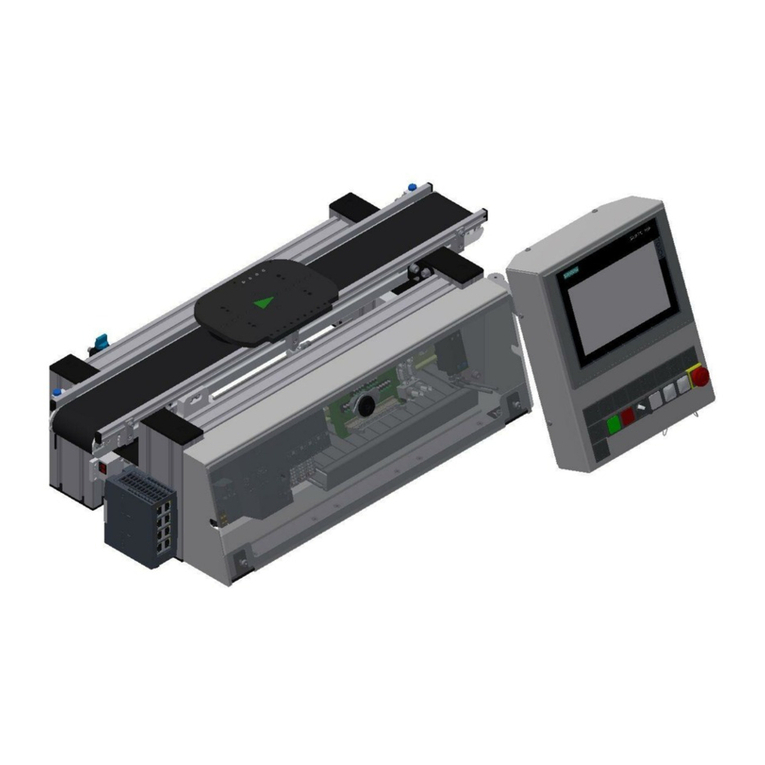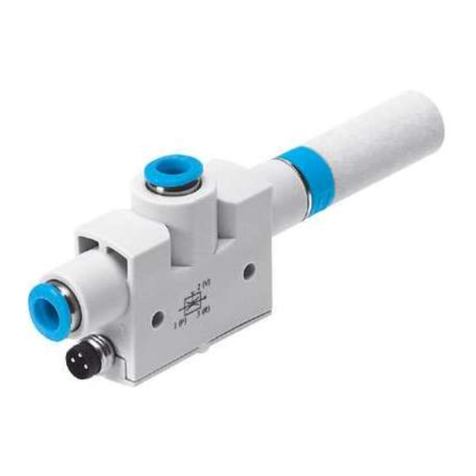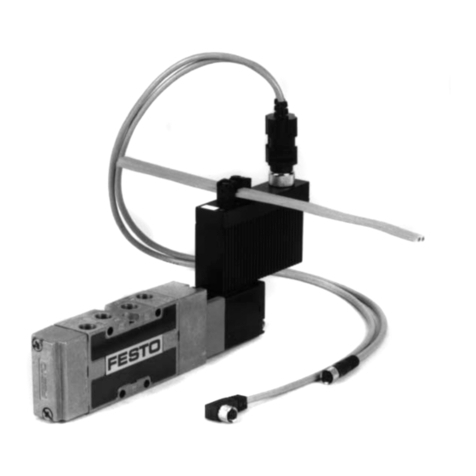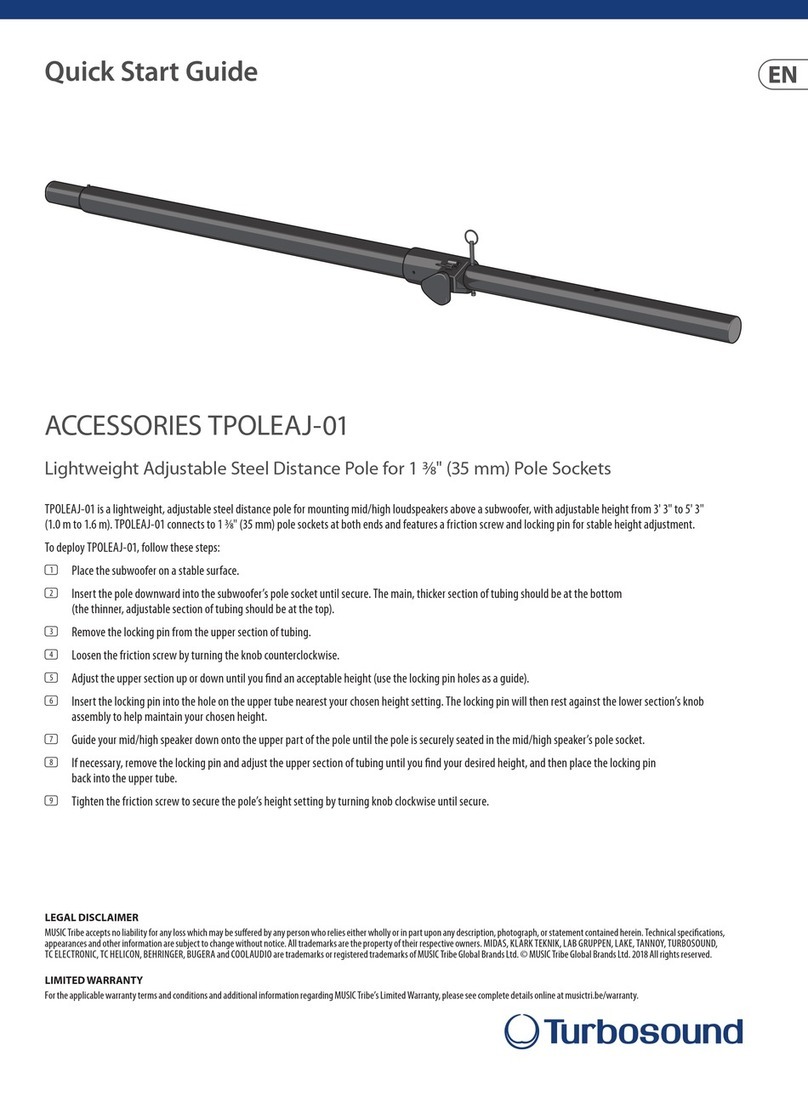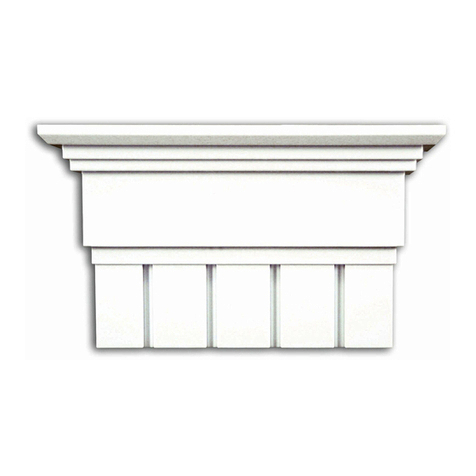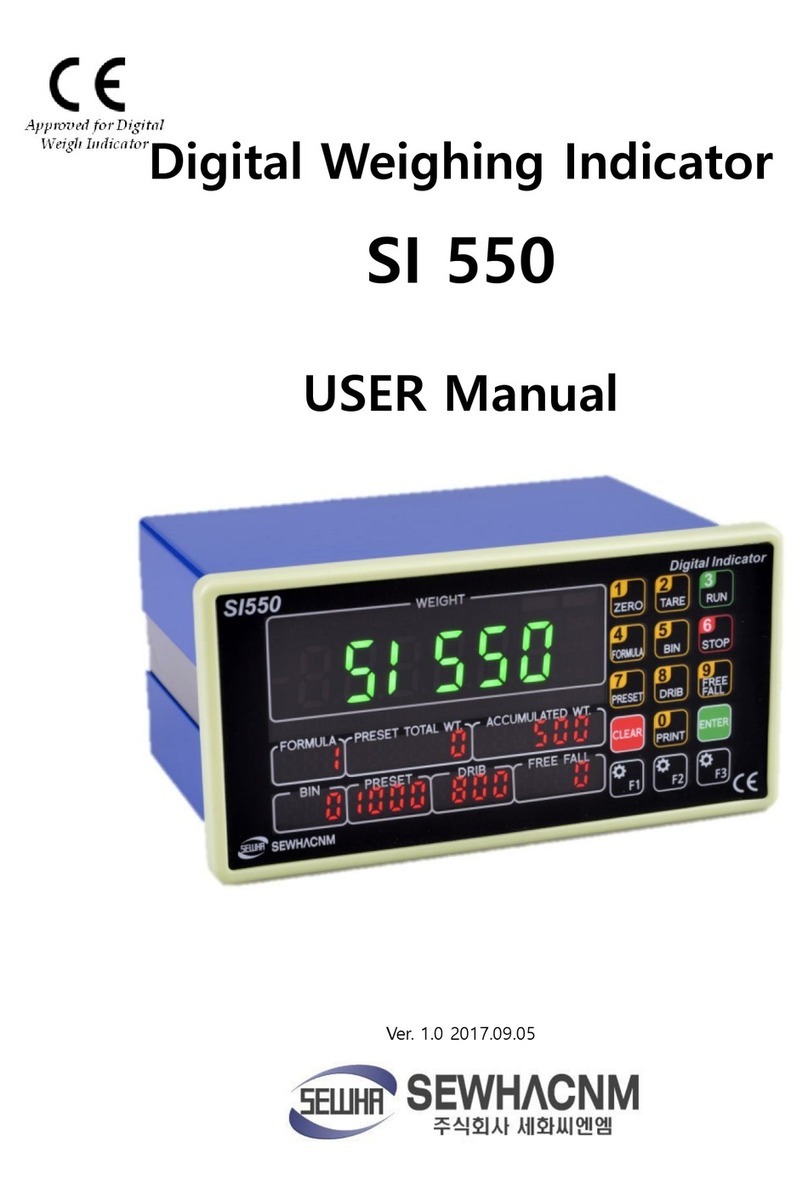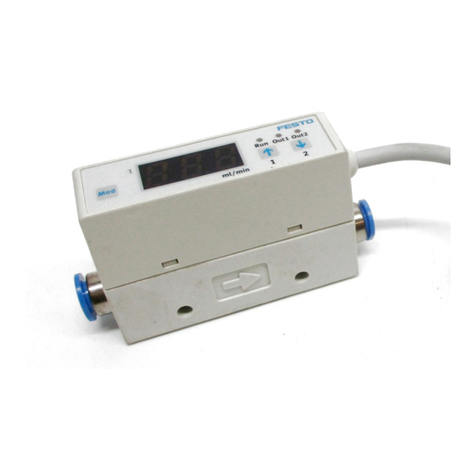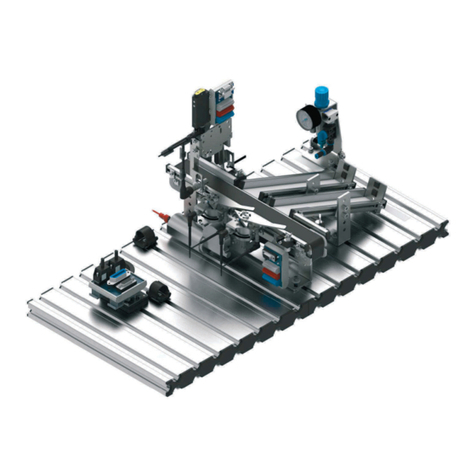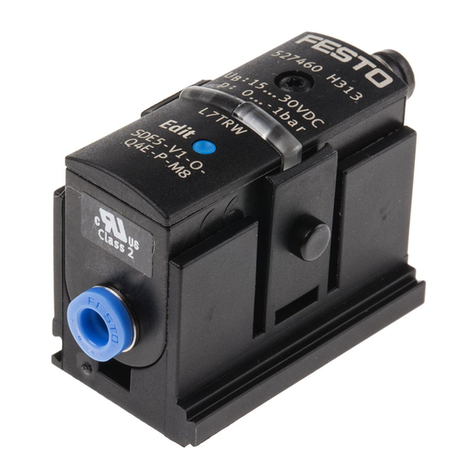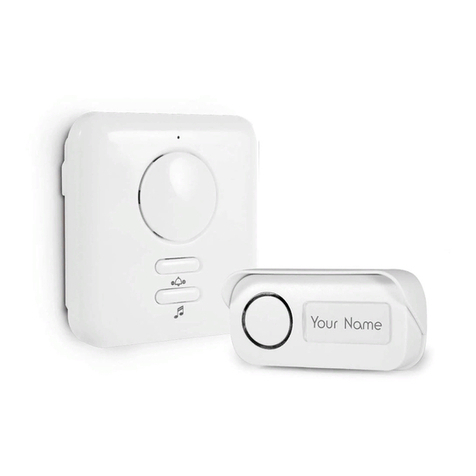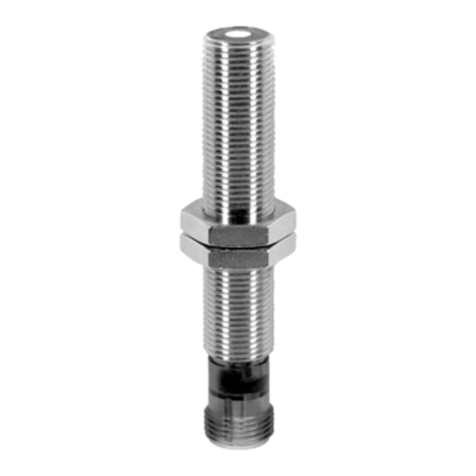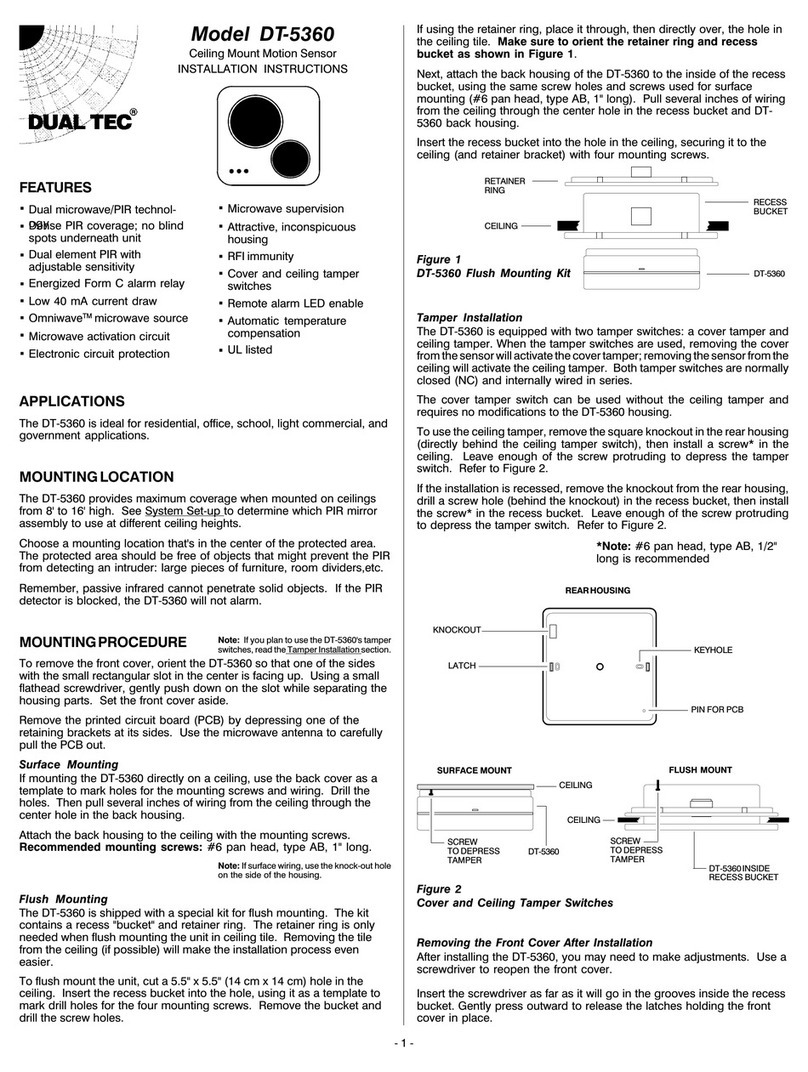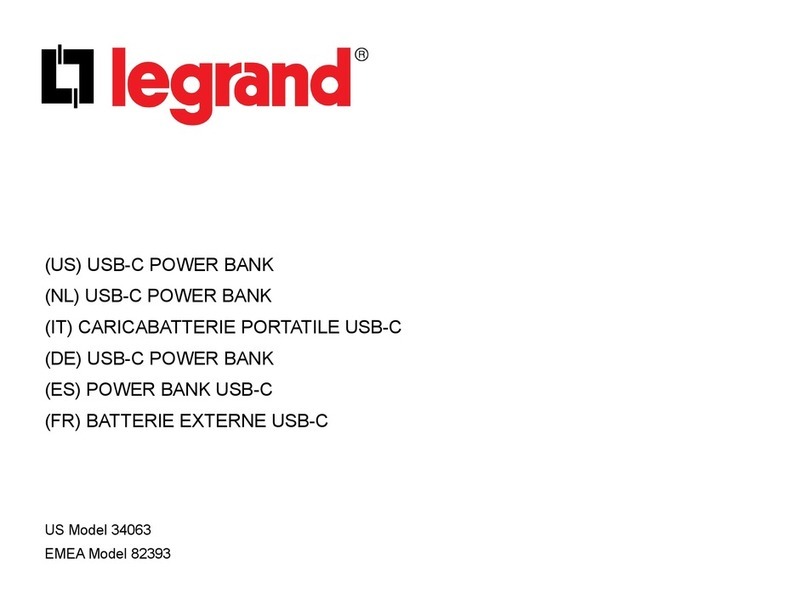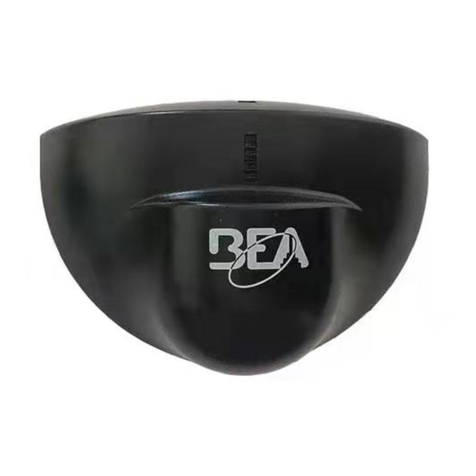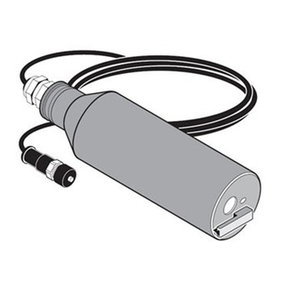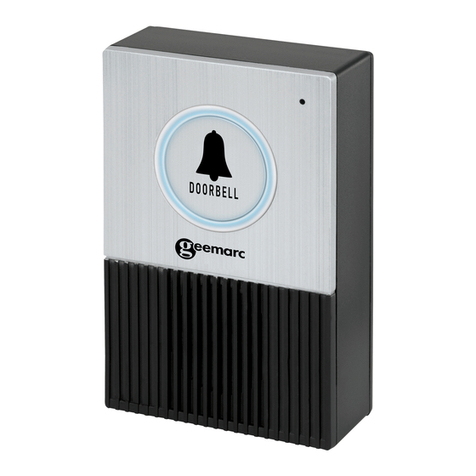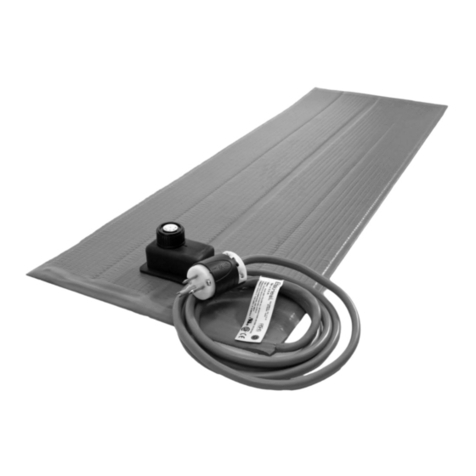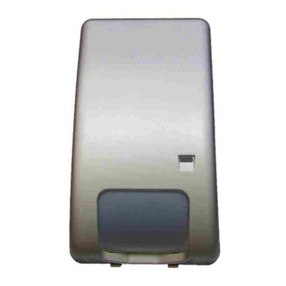Note
Improper handling can result in malfunctions.
Make sure that the following specifications are always observed.
Compare the limit values contained in these operating instructions with those of
your application (e.g. operating media, pressures, forces, torques,
temperatures, masses, speeds, voltages).
Take the ambient conditions at the location of use into consideration.
Comply with the regulations of the workers’ compensation trade association,
the German Technical Control Board (TÜV), of the VDE or relevant national
regulations.
Remove all transport packing, such as protective wax, foils (polyamide),
caps(polyethylene), cardboard boxes (except for the sealing elements of the
pneumatic connections).
The material used in the packaging has been specifically chosen for its
recyclability (exception: oiled paper = residual waste).
Use the product in its original status. Unauthorised modification is not
permitted.
The device is intended for use in an industrial environment. Measures may need
to be implemented in residential areas for interference suppression.
Range of applications and certifications
The information in this section, in combination with the UL marking on the product,
must be observed in order for there to be compliance with the certification
conditions of Underwriters Laboratories Inc. (UL) for USA and Canada. Observe the
following English-language remarks from UL:
This device is intended to be used with a Class 2 power source or Class 2
transformer in accordance with UL1310 or UL1585.
As an alternative a LV/C (Limited Voltage/Current) power source with one of the
following properties can be used:
– This device shall be used with a suitable isolating source such that the
maximum open circuit voltage potential available to the product is not more
than 30 V DC and the current is limited to a value not exceeding 8 amperes
measured after 1 minute of operation.
– This device shall be used with a suitable isolating source in conjunction with
afuse in accordance with UL248. The fuse shall be rated max. 3.3 A and be
installed in the 30 V DC power supply to the device in order to limit the available
current.
Note that, when more than one power supply or isolating device is used,
connection in parallel is not permitted.
In determining the acceptability of the combination, the following details are to be
examined:
– The suitability of the final mounting is to be determined.
– The devices are to be mounted in an enclosure with adequate strength and
thickness.
– The devices have not been investigated for field wiring. The suitability of the
final application is to be determined.
UL approval information
Product category code NRNT2 (USA) or
NRNT8 (Canada)
File number E253738
Considered standards UL 508, 17th edition,
C22.2 No. 14-95
UL mark
Fig. 4
4 Installation
4.1 Mechanical system
Note
Mount the SDE3 and connect the tubing so that no condensation from the
compressed air lines can gather in the device.
It can be mounted in any position. Mount the SDE3 as follows:
H-rail (manifold assembly)
1. Hang the SDE3 into the H-rail.
2. Press the SDE3 in the direction of the
arrow until the mounting slide catches
èFig. 5.
Fig. 5
Wall mounting
Observe the hole pattern (èFig. 24)
1. Attach the adapter plate, for example,
with two screws M3.
2. Hang the SDE3 into the adapter plate.
3. Press the SDE3 in the direction of the
arrow until the mounting slide catches
èFig. 6. Fig. 6
Plate mounting (threaded mounting)
Observe the hole pattern (èFig. 24)
Mount the SDE3 with washers and
screws M3 (èFig. 7).
Max. tightening torque 0.5 Nm
Fig. 7
Front panel mounting
1. Push the SDE3 into the recess
(70x22 mm) in the front panel.
2. Hang the clamping plate and press it
until the mounting slide locks into place.
3. Screw in the screws M3 with washers
(èFig. 8).
Max. tightening torque 0.3 Nm
In case of thin front panels (s < 2 mm),
washers might not be necessary.
Fig. 8
4.2 Pneumatic system
Connect the tubing of SDE3 as follows:
Insert the tube into the push-in fittings. Make sure the system is connected
correctly (èFig. 3).
4.3 Electrical system
Warning
Use only power sources which guarantee reliable electrical isolation of
theoperating voltage as per IEC/EN 60204-1. Observe also the general
requirements for PELV power circuits as per IEC/EN 60204-1.
Note
Long signal lines pick up more interference.
Make sure that the signal lines are always shorter than 30 m.
Wire the SDE3 as follows:
Pin Allocation Core colours1) Plug connectors2)
1Supply voltage
+24 V DC
Brown (BN) 4-pin M8 5-pin M12x1
5
2
3
4
1
2Switching output B
(Out B)
White (WH)
30 V Blue (BU)
4Switching output A
(Out A)
Black (BK)
5 n.c. –
1) In case of SDE3-…-K and/or the usage of the plug socket with the cable (èwww.festo.com/catalogue)
2) Tightening torque for the union nut on plug connector M8: max. 0.3 Nm; on plug connector M12:
max. 0.5 Nm.
Fig. 9










